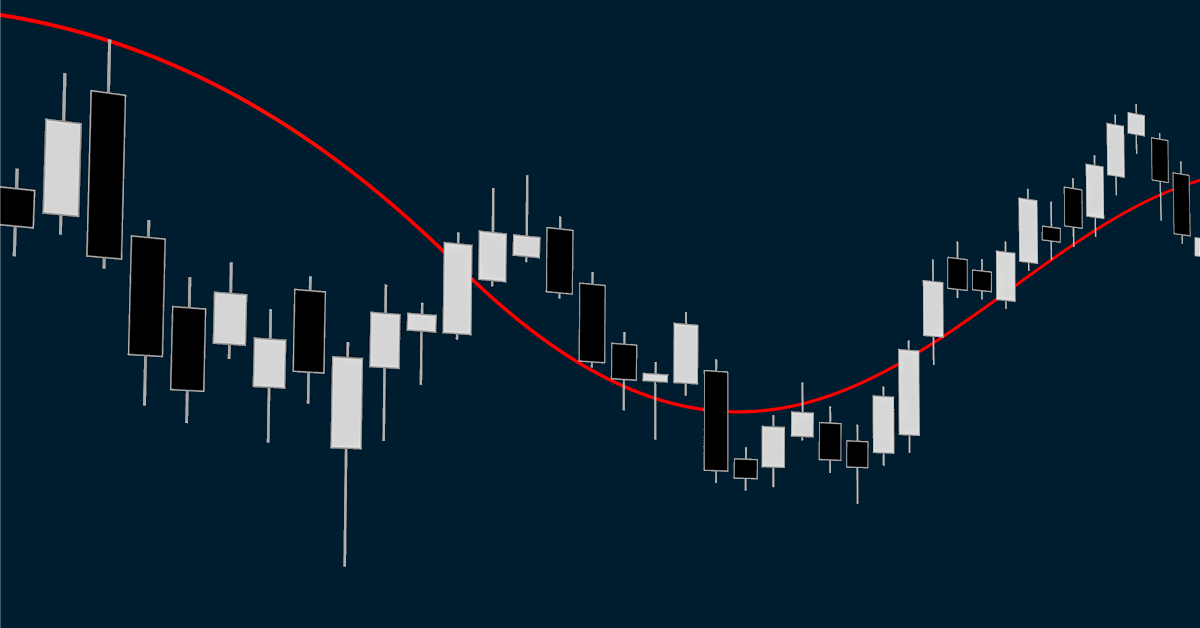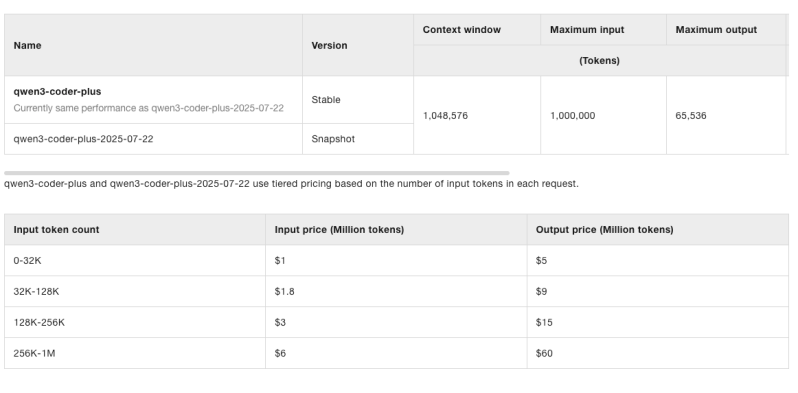
The JF Group is opening three new branch locations in Amarillo, Texas; Sanford, Florida; and Caseyville, Illinois. The company said the new locations are a direct result of its continued organic growth and commitment to serving customers with localized expertise and nationwide strength.
JF is a major U.S. player in the fueling infrastructure, petroleum equipment distribution, general contracting, and construction services sectors. The new branches will offer a full spectrum of service construction and equipment distribution, enabling faster response times, deeper customer relationships, and seamless project execution in key regional markets, the company said.
“As demand for our integrated solutions continues to grow, we’re excited to expand into new territories where we can bring even more value to our customers. These new locations allow us to better support our clients with local teams who understand the market, backed by the scale and resources of our national operation”, Keith Shadrick, CEO of JF, said.
The Amarillo branch will serve customers across the Texas Panhandle and nearby areas. The Sanford location expands the company’s presence in Central Florida, while the Caseyville branch improves service and project capabilities throughout Southern Illinois, JF said.
JF said that the branch additions further solidify its standing as one of the industry’s fastest-growing companies.
JF operates a network of 49 branches and six distribution centers across the U.S. JF said it also serves a diverse client base, including retail fueling stations, commercial and government fleets, infrastructure projects, and emergency power customers.
To contact the author, email [email protected]
WHAT DO YOU THINK?
Generated by readers, the comments included herein do not reflect the views and opinions of Rigzone. All comments are subject to editorial review. Off-topic, inappropriate or insulting comments will be removed.
MORE FROM THIS AUTHOR





















